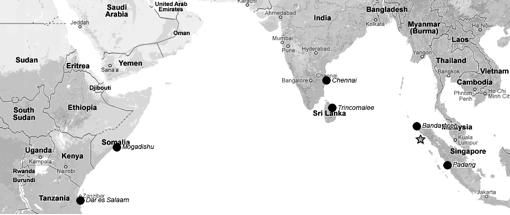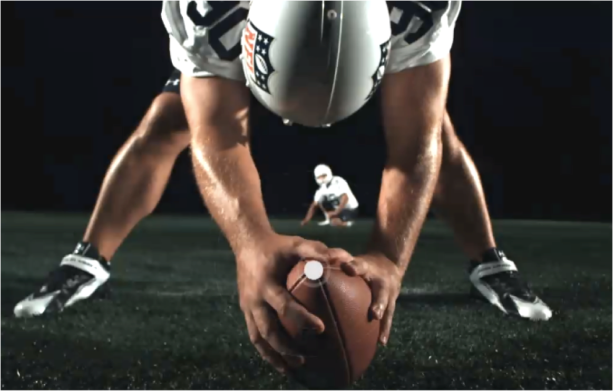We’ve made it through the first quarter of the academic year! We started the course by exploring Growth vs Fixed Mindset, including research by Dr. Carol Dweck, and videos such as the TED Talk below, “The Power of Belief”:
We learned that the view someone has of themselves can have a lot to do with how successful they become. In particular, we are more successful when we realize that intelligence is not fixed, but changeable. Talent and intelligence do exist, and they do differ between people. But they are the product of practice and intentional effort, not something inherent.
(As a demonstration, Mr. Ratnayake is practicing basketball every Friday after school for three hours. He started with airballs in September, now he is looking forward to the student-teacher basketball game at the Homecoming pep rally. Bring it.)
We then began our exploration of physics content by exploring the idea of Energy, what it is, how it changes forms, and how it moves through the universe. As part of this unit, we designed Rube Goldberg Machines, in part inspired by awesome chain reactions such as the one found in OK Go’s music video for “This Too Shall Pass”.
Along the way, we developed skills in setting up scientific experiments, forming testable questions, identifying experimental variables, graphing data and identifying deceptive graphing practices, and writing good scientific reports of our findings.
The remainder of the term was spent on Electricity and Magnetism. This unit included a study of electric charges, Coulomb’s Law and electrostatic force, as well as the two main modes of charging objects. Some of us have better Physics hair than others.
Moving charges create electricity, which we can manipulate into simple circuits — these simple circuits can be combined and recombined into ever more complex circuits. We learned Ohm’s Law and the rules of series and parallel circuits, and used physical enactments, analogies of flowing water, and mathematical analysis to deepen our understanding what voltage, current, resistance, and power really mean.
A project on electrical power consumption asked students to examine electrical appliances in their homes and devices they use everyday to determine power consumption, estimate monthly usage, and calculate an itemized energy cost based on Boston-area electricity prices.
Our work on electricity and its connection to magnetism culminated in our Term 1 comprehensive vehicle, building and analyzing a brushless DC electric motor from a plastic cup, steel wire, magnet wire, and basic circuit equipment. The project required a lot of delicate tinkering with the solenoid coil in order to get it to be appropriately balanced and sanded.
But patience won out! Below is the working operation of Makiah and Daneya’s electric motor (the first one operational for 9th Honors Physics).
Up next in Term 2: Mechanical Energy, Thermal Energy, and a look at the future of energy sustainability and climate change.



